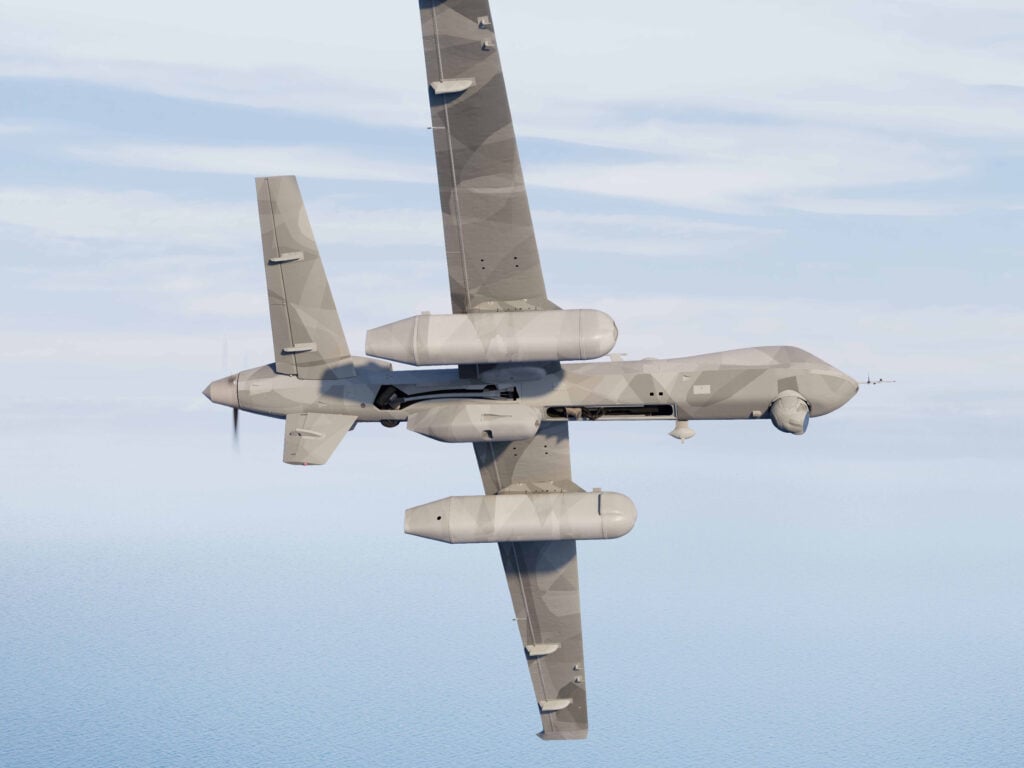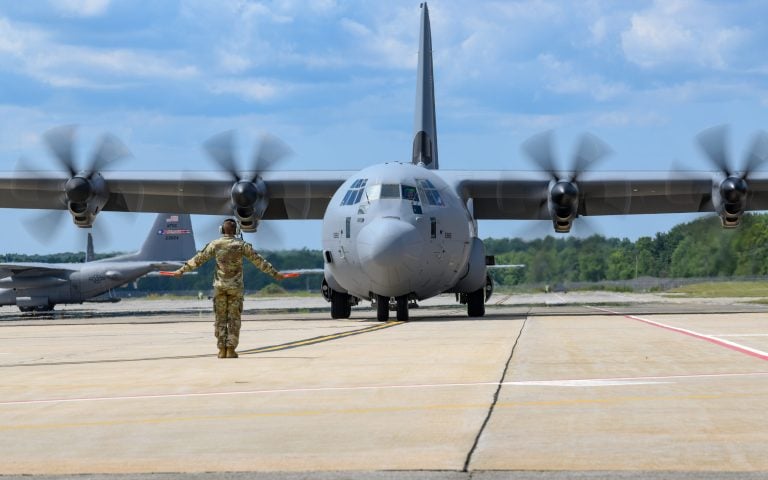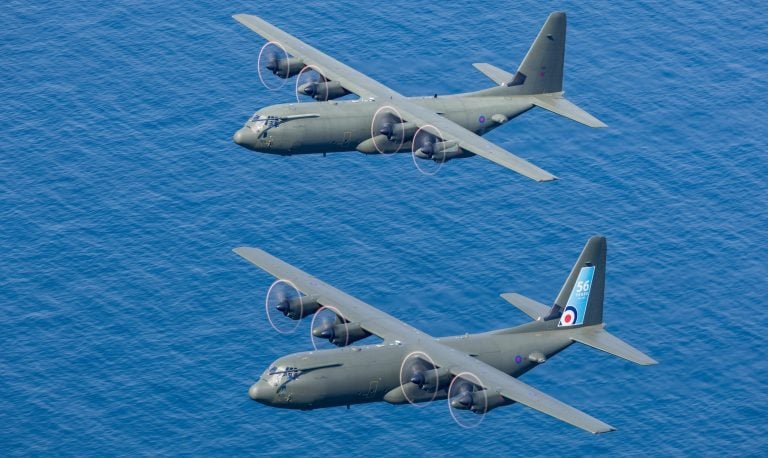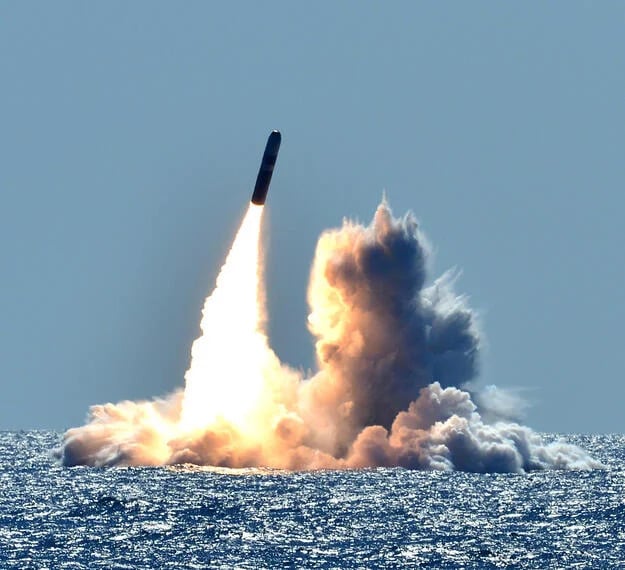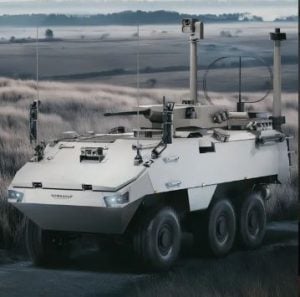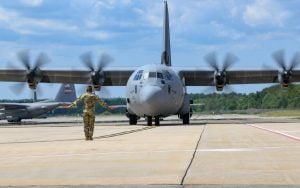In a significant advancement for unmanned aerial systems, General Atomics has entered into a collaboration with Saab to enhance the capabilities of the MQ-9B remotely piloted aircraft by developing an Airborne Early Warning & Control (AEW&C) solution. This new partnership aims to leverage Saab’s advanced AEW sensors to transform the MQ-9B into a formidable asset for persistent surveillance and situational awareness, particularly in maritime domains.
The AEW&C solution will cater to a wide range of applications, providing long-range detection and warning, simultaneous target tracking, integration with combat systems, and enhanced satellite communications networking. General Atomics emphasized that the innovative project is designed to be fully compatible with their entire MQ-9B family of drones, which includes variants like the SkyGuardian, SeaGuardian, and the UK military’s Protector model, as well as the new MQ-9B STOL (Short Takeoff and Landing) platform currently in development.
Scheduled for its initial flight in 2026, the AEW&C-equipped MQ-9B variant represents a strategic leap in unmanned aerial technology. David Alexander, President of General Atomics Aeronautical Systems, highlighted the importance of this partnership, stating, “We’re developing an affordable AEW solution in cooperation with Saab, the leading provider of AEW&C systems, that will transform our customers’ operations against both sophisticated cruise missiles and simple but dangerous drone swarms.” He also noted that this capability will extend to areas where it currently does not exist, including naval operations from warships at sea.
The MQ-9B drone itself boasts impressive specifications, measuring 38 feet in length with a wingspan of 79 feet. It has a payload capacity of 4,750 pounds and is powered by a Honeywell turboprop engine, capable of carrying precision-guided munitions and attack missiles. The aircraft can fly at speeds of up to 300 miles per hour, covering a range of 6,000 nautical miles and reaching operational altitudes of 43,000 feet.
This collaboration signals a crucial step in enhancing the operational versatility and effectiveness of drone technology for military applications, particularly in maritime surveillance.
